Here we cover two mechanisms of moisture transport: vapour diffusion flow and vapour convection flow.
Vapour Diffusion Flow
This is the term for the ability of water vapour to pass through certain materials. The reason for this is the intrinsic thermal mobility of atoms, ions and molecules due to Brownian motion.
The value most commonly used for calculating the moisture transport within constructions is the sd-value, also known as the equivalent air layer thickness. This is achieved by multiplying the water vapour diffusion resistance factor μ (as a dimensionless material parameter) by the thickness of the layer of material in metres. The result obtained is the sd-value (in metres) and is also the value used to compare a certain material to a static layer of air. The lower the sd-value, the lower the diffusion resistance and the more open the material is to diffusion. The conversion of the sd-value to the moisture vapour resistance [MNs/g] as used in English speaking countries is performed by multiplying the sd-value by a factor of 5.1.
An example of the Order of Magnitude:
Plasterboard is diffusion-open and has a low moisture vapour resistance. This has several advantages in terms of building physics, but on the downside it also allows moisture to penetrate constructions without a moisture control layer in wintery weather. Depending on the prevailing conditions, this may be as much as 100-150 gram per square metre (g/m²) per day.
Structural damage due to condensation may result if the moisture that penetrates is unable to dry out again at the same speed.
In a South Island location (e.g. Christchurch or Queenstown), the condensation in winter is more intense than a North Island location (e.g. Auckland) and, conversely, indoor condensation in the summer is more intense in the North Island. A vapour barrier can be beneficial in wintery conditions, but it can cause problems in summery conditions, as the direction of diffusion flow can be reversed in the summer.
The problem in summer is not necessarily the amount of water vapour, but rather the critical combination of moisture and high summer temperatures inside the construction. Formation of condensation in winter on cold outer surfaces results in mould far less frequently and far more slowly due to the lower temperatures (comparable to the lower risk of mould in a fridge when it's on). In summer, on the other hand, the conditions are almost ideal for mould to grow due to the high humidity and temperature. Managing summer condensation is therefore extremely critical, in terms of maintaining a healthy living environment.
Vapour Convection
Significantly larger amounts of moisture are transported into the building envelope by air passing through gaps and penetrations in the inner airtight sealing layer (convection), than by diffusion. In 1989 the Fraunhofer Institute for Building Physics in Germany conducted an investigation and various studies into the effects of gaps in the airtightness layer. It measured the flow of moisture resulting from gaps of various widths and pressure differences at an indoor temperature of 20°C and an outdoor temperature of 0°C. It found the amount of moisture transported into the construction by convection to be 1000 times as much as that transported by diffusion. The structures not only displayed an extreme increase in the amount of moisture, but also a significant deterioration of their thermal insulation performance.
These alarming findings led Germany to become the first country in the world to make airtightness of the building envelope a legal requirement in 1995. The pilot setup was first tested with perfect airtightness and the moisture transport due to diffusion was negligible, at just 0.5 g/m² per day. A gap of one millimetre in width and one metre in length, at an outdoor temperature of 0°C and with a pressure difference of 20 pascal (Pa) (which corresponds approximately to wind force 2-3), allowed some 800 g/m² of water into the construction per day via air flow (vapour convection), while wider gaps allowed even more in.
Unlike vapour diffusion flow, it is not yet possible to calculate the amount of vapour convection. Initial studies at the Fraunhofer Institute aim to close this gap. Vapour convection poses an immense risk of condensation forming in all thermally insulated constructions. This is why building envelopes that are not airtight, but allow air flow through, are very susceptible to structural damage. The construction methods common in New Zealand pose the risk that vapour convection flow may cool on passing through the thermal insulation and form condensation on the outer layer of the insulation.
From the above, it can be concluded that airtightness is an absolute necessity for healthy living. It is therefore advisable to measure the quality of the airtightness by means of a test, the Blower Door test. More information on airtightness testing will be in next month’s topic 'Blower Door'.
For more background information please visit our website www.proclima.co.nz to download a copy of the New Zealand based study on airtightness and moisture management. If you prefer a free hardcopy please email [email protected] or call 0800 pro clima (776 254).













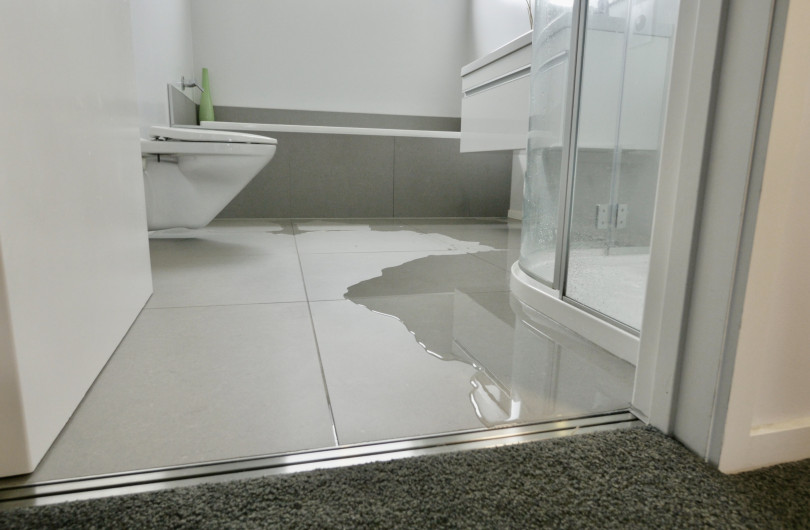
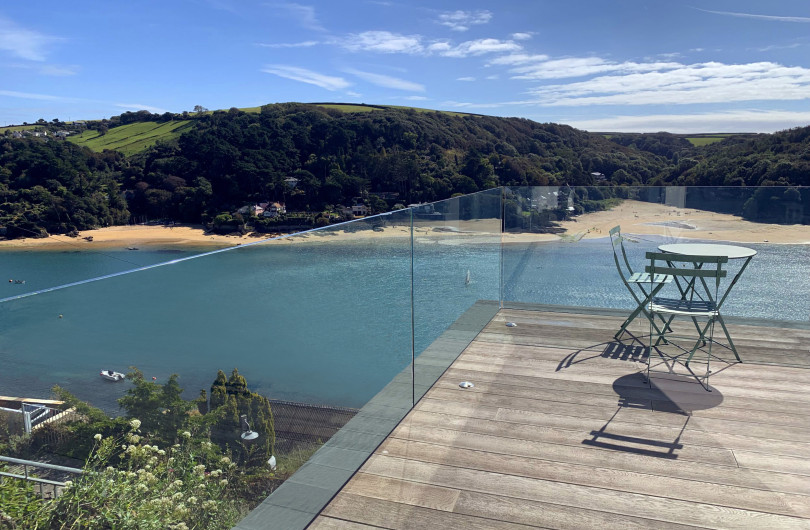
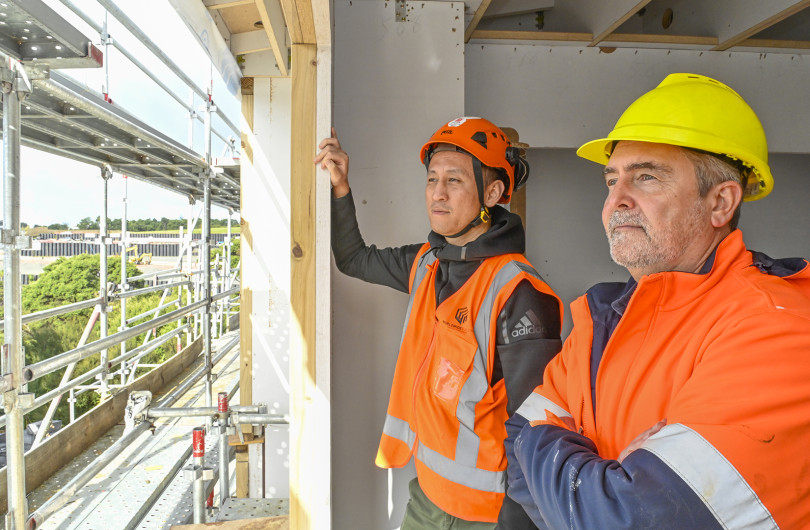
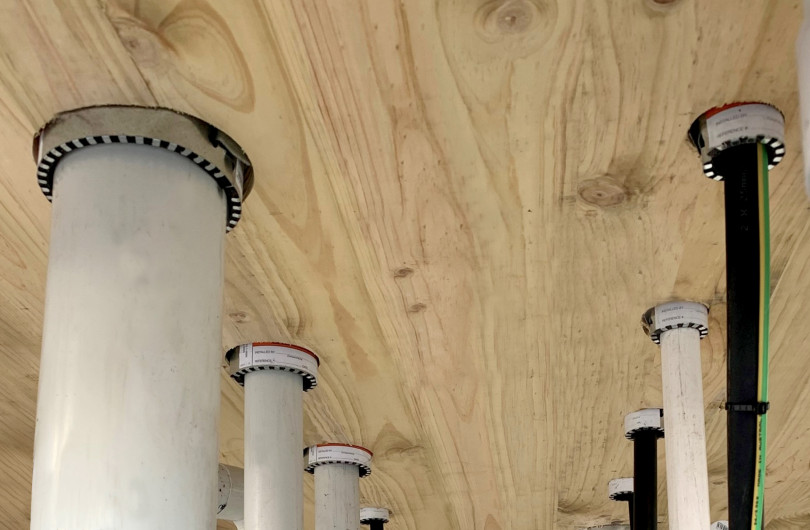

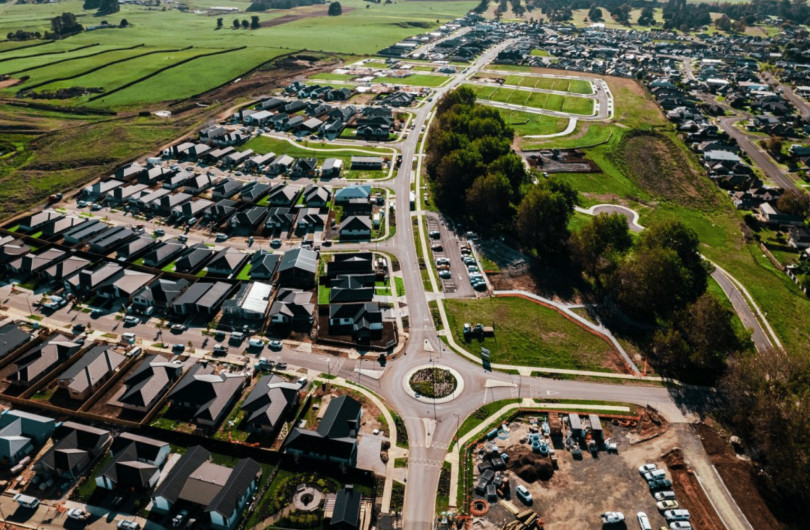

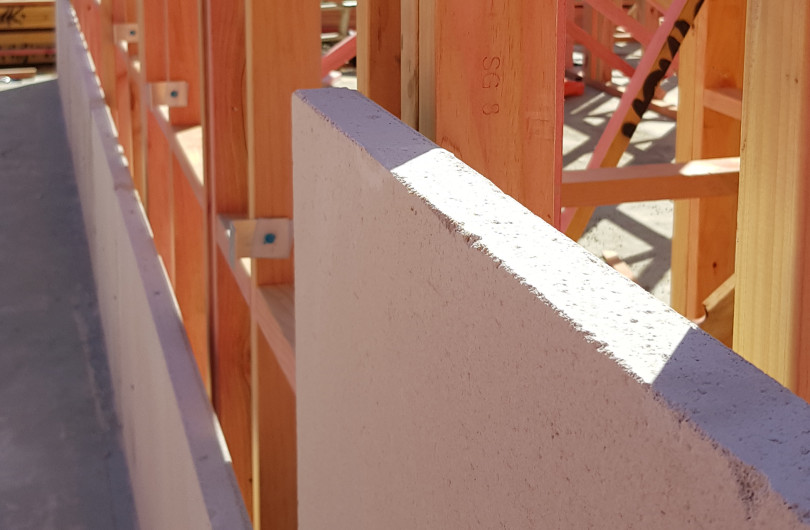







 Most Popular
Most Popular Popular Products
Popular Products


